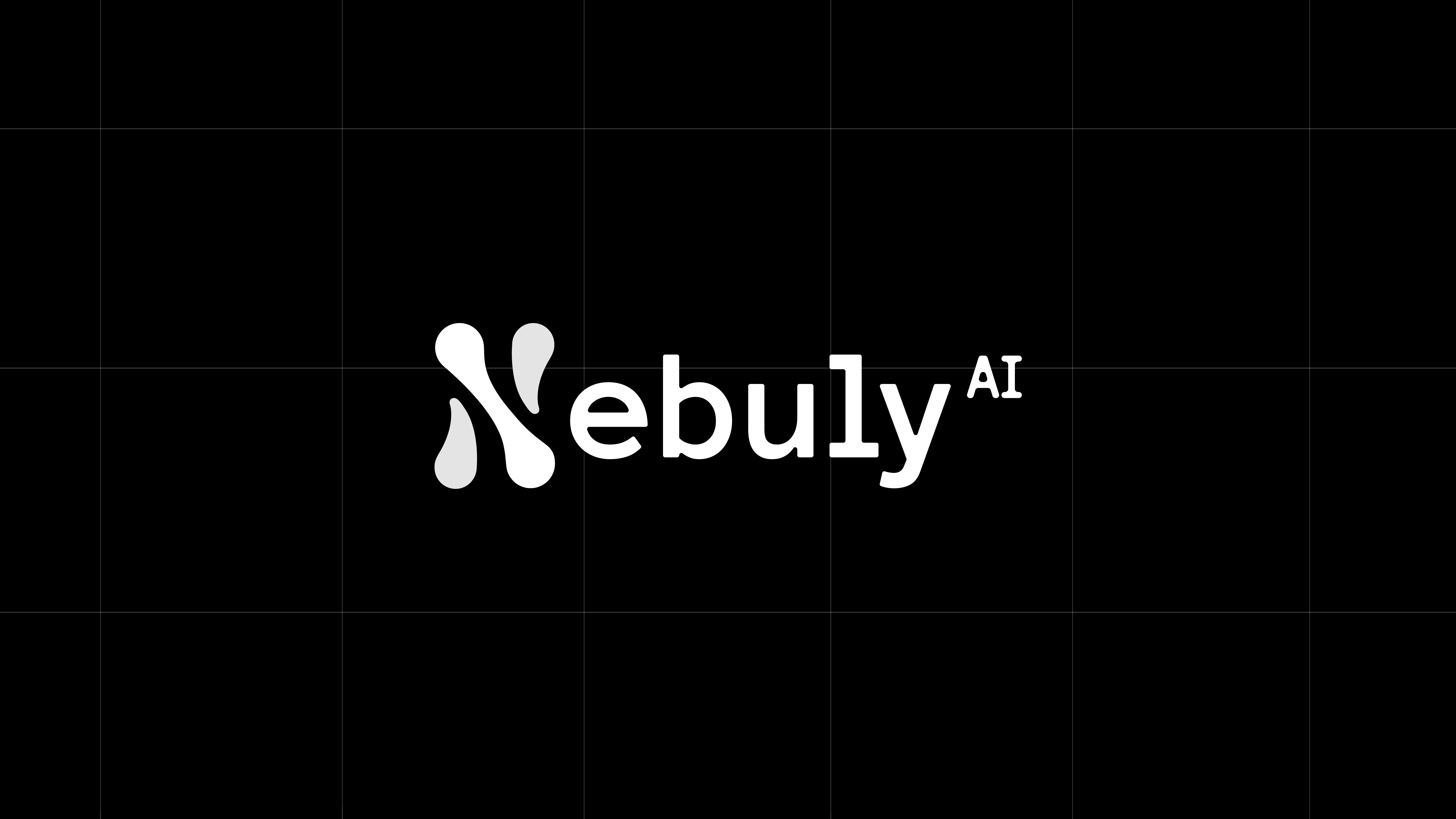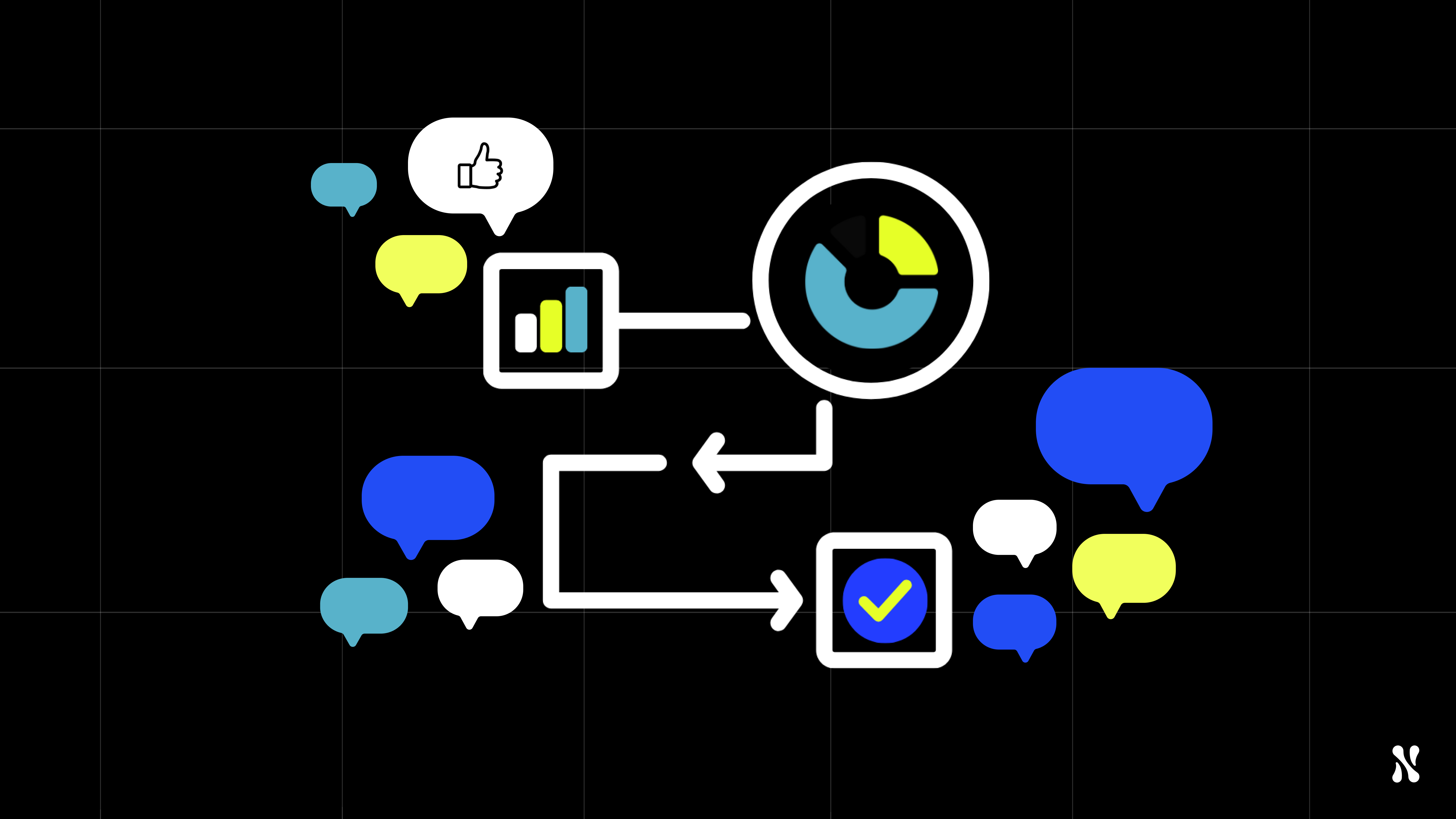LLMs are evolving rapidly, and the flagship models from OpenAI and Anthropic, GPT-4o and Claude 3.5 Sonnet, demonstrate the some of the top capabilities in Large Language Models (LLMs). These models offer unique features and strengths that distinguish them in the AI landscape. In this article, we will delve into the technical specifics of each model, explore the companies behind them, and provide a comparative analysis to highlight their differences and suitable use cases.
Technical Overview
Claude 3.5 Sonnet
- Release Date: June 21, 2024
- Company: Anthropic
- Parameters: 180 billion
- Licensing: Proprietary. Free on Claude.ai and Claude iOS app; paid tiers for commercial use via Anthropic API, Amazon Bedrock, and Google Cloud’s Vertex AI
- Context Window: 200,000 tokens
- Multimodal Capabilities: Excels in text and vision, particularly in visual reasoning tasks
- Performance: Outperforms Claude 3 Opus in graduate-level reasoning (GPQA), undergraduate-level knowledge (MMLU), and coding proficiency (HumanEval)
- Application: Ideal for context-sensitive customer support, orchestrating multi-step workflows, codin and visual reasoning tasks
OpenAI’s GPT-4o
- Release Date: May 13, 2024
- Company: OpenAI
- Parameters: Not disclosed
- Licensing: Proprietary. Broad accessibility, available to all chatgpt.com users, including the free tier, with commercial access available through API and the cloud platforms.
- Context Window: 128,000 tokens
- Multimodal Capabilities: Accepts text, audio, image, and video inputs; generates text, audio, and image outputs
- Performance: Matches GPT-4 Turbo on text and code in English. Shows significant improvements in non-English languages, and significant improvements in vision and audio understanding, while also being much faster and 50% cheaper in the OpenAI API, compared to GPT-4 Turbo.
- Application: Suitable for creative writing, large-scale language generation, real-time translation, and complex problem-solving
The Companies Behind the Models
OpenAI
OpenAI has been a leader in AI research, known for its commitment to developing market leading AI models. Their models, like the GPT series, have set benchmarks in natural language understanding and generation. OpenAI's strategy involves a mix of free tier and commercial partnerships. The organization continues to pioneer advancements in AI with significant investments in research and development. OpenAI has close ties with other tech giants. Microsoft has made substantial investments in OpenAI and maintains a strategic partnership with them. Recently, Apple also announced its collaboration and plans to incorporate OpenAI's technology into its products.
Anthropic
Anthropic, founded in 2021, is a relatively new player in the AI field and focuses on developing highly capable AI models that prioritizes safety and ethical considerations. Founded by former OpenAI researchers, Anthropic aims to create models that are robust, interpretable, and aligned with human values. Their approach involves extensive research into AI safety and collaboration with various stakeholders to ensure responsible deployment of AI technologies.
Comparative Analysis
Model Size and Architecture
GPT-4o’s parameters are not fully disclosed, but it builds upon the capabilities of GPT-4, offering enhanced performance across multiple modalities. Claude 3.5 Sonnet, with 180 billion parameters, focuses on ethical AI and robust reasoning.
Multimodal Capabilities
GPT-4o’s multimodal capabilities allow it to process text, images, audio, and video within a single model. This enables more natural interactions, such as discussing images uploaded by users and engaging in real-time voice conversations. Claude 3.5 Sonnet, however, primarily focuses on text, also excelling in tasks that require visual reasoning, such as interpreting charts and graphs.
Language and Domain Proficiency
Claude 3.5 Sonnet excels in graduate-level reasoning, undergraduate-level knowledge, and coding proficiency, outperforming their previous top model Claude 3 Opus in these areas. GPT-4o offers great performance in creative writing, multilingual translation, and complex problem-solving, with support for over 50 languages.
Efficiency and Accessibility
GPT-4o is 2x faster and 50% cheaper than GPT-4 Turbo, with 5x higher rate limits. GPT-4o is priced at $5.00 per 1 million tokens for input and $15.00 per 1 million tokens for output. Claude 3.5 Sonnet operates at twice the speed of Claude 3 Opus and is cost-effective, priced at $3 per million input tokens and $15 per million output tokens.
Suitable Use Cases
GPT-4o:
- Creative writing and storytelling
- Multilingual translation and conversational agents
- Multimodal use cases including text, image, audio and video
- Complex problem-solving and large-scale language generation
- Educational tools requiring broad language support
Claude 3.5 Sonnet:
- Context-sensitive customer support
- Orchestrating multi-step workflows
- Visual reasoning tasks like interpreting charts and graphs
- Updating legacy applications and migrating codebases
Conclusion
Both GPT-4o and Claude 3.5 Sonnet represent significant advancements in LLMs, each with its strengths and ideal use cases. GPT-4o, with its broad accessibility, enhanced multilingual capabilities, multimodal support, and extensive training, is a versatile choice for general-purpose applications. Claude 3.5 Sonnet, with its focus on cost-effectiveness, and strong performance in visual reasoning and coding tasks, works great for applications requiring high-level reasoning and efficient task execution.
Choosing between these models ultimately depends on your specific requirements. For broad, creative, and multilingual applications where broad accessibility is crucial, GPT-4o is likely the better fit. For applications emphasizing cost-efficiency, coding and reasoning, Claude 3.5 Sonnet can be the right choice.
About Nebuly
Nebuly is an LLM user-experience platform that helps businesses gather actionable user insights from LLM user interactions and continuously improve and personalize LLM experiences, ensuring that every customer touchpoint is optimized for maximum engagement and satisfaction. If you're interested in enhancing your LLM user experience, we'd love to chat. Please schedule a meeting with us today HERE.






